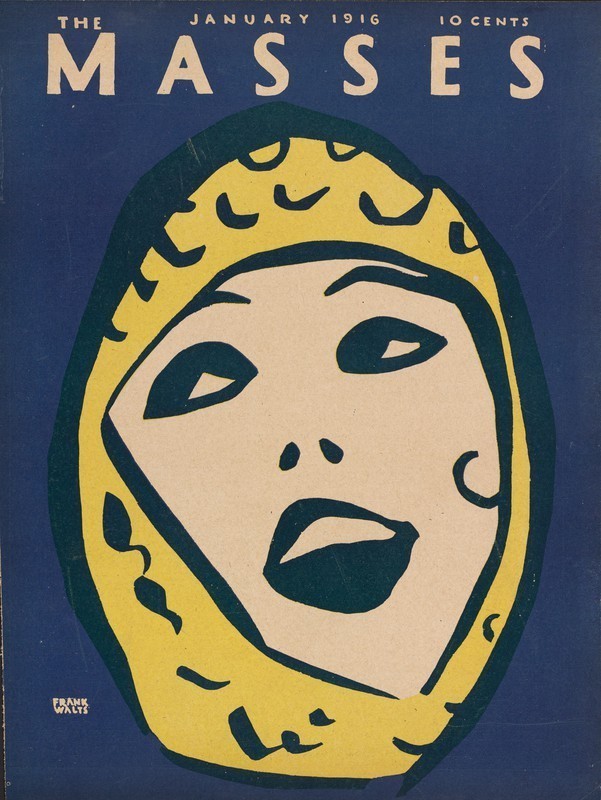This sub-project approaches a seminal decade of the history of US-American mass culture: the 1910s. In a series of essays, it aims to grasp the aesthetics of a field that has often been mapped in marked distinction to (classical) aesthetic theories. The project engages with seminal theories of mass culture of the first half of the 20th century, pitting them against mass-cultural practice (with a focus on film, magazine culture and the burlesque stage of the 1910s).
It is inspired by major studies on modernity such as Andreas Huyssen's "Mass Culture as Woman" or Rita Felski's The Gender of Modernity that theorized modern mass culture in terms of gender/sex distinctions, but in contrast to this earlier work it does not focus on the representation or conceptualization of mass culture in modernist writing. Instead it emphasizes mass cultural self-observations and its aestheticoperation in the cultures of modernity.



The project starts from the assumption that what Michael Makropoulos has identified as modern mass culture's most trenchant effect - its "aestheticization of the social" (Makropoulous) - impinges heavily on the figuration of social diversity and distinction. This does not only involve the articulation of new social roles and personae, but more importantly a profound rearrangement of the very system of conceptualizing social order. Modern sex and gender attributions (which have to be read in tight conjunctions with enactments of race, class and other markers of diversity) make this exemplarily obvious.
